There can be your advertisement
300x150
How a Palace Became a Station: The History of Kazan Railway Station
Its remarkable architecture continues to amaze and inspire
Have you ever wondered why Moscow's main eastern station looks like a fairy-tale palace from One Thousand and One Nights? Why its tower resembles the famous Syuyumbike from Kazan Kremlin? And who decided that a place where trains depart to Siberia and Central Asia should be decorated as a whimsical blend of European and Eastern architecture? The answer lies in the fascinating history of Kazan Railway Station — a building conceived as grand gates between Europe and Asia, and an architectural manifesto of its time.
Check out these articles:
- The House on Kotel'nicheskaya Embankment
- Main Building of Moscow State University: A University or a Skyscraper with Surprises?
- The 'Falling Skyscraper': The Story of One of Moscow's Most Unusual Buildings
- Lace House on Leningradskiy Prospekt: A Lace Legend of Soviet Architecture
From a Wooden Hut to an Architectural Masterpiece
The story of Kazan Railway Station began long before the construction of its magnificent current building. In 1862, a modest wooden station was opened on this site as part of the Ryazan Railway. As the railway network expanded, the building was repeatedly renovated; by the start of the 20th century, it became clear that a new, grand station was needed to accommodate the growing number of passengers.
In 1913, the Moscow-Kazan Railway Administration held a competition for the new building's design. The winning project was by architect Alexei Shchusev — a man who would later design Lenin's Mausoleum and define the look of Soviet architecture for decades to come. However, in the early 1910s, Shchusev was primarily known as an author of Orthodox churches and monasteries in a non-Russian style.
For Kazan Railway Station, Shchusev proposed something entirely different — a building that would combine architectural elements from all the lands served by the Moscow-Kazan Railway. It was a kind of architectural manifesto of multi-ethnic Russia.
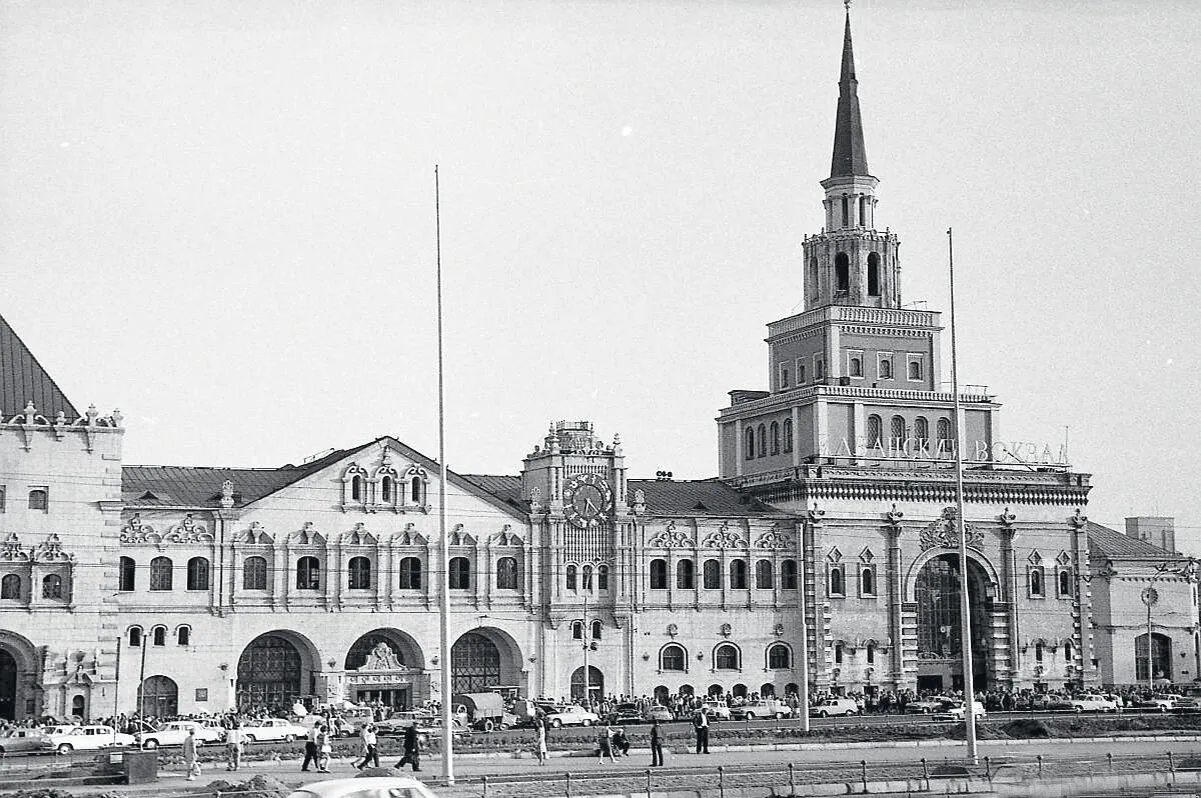 Photo: pastvu.com
Photo: pastvu.comThe Station Built Over 13 Years
Construction of Kazan Railway Station began in 1913 and was expected to finish within three years. However, fate had other plans: World War I, the Revolution, and the Civil War repeatedly interrupted the work. In the end, the station was fully completed only in 1926 — in a completely different country.
Interestingly, under Soviet rule the project was not rejected but expanded. Originally, Shchusev had planned a building of 11 thousand square meters; the final version covered more than 70 thousand! This made Kazan Railway Station the largest in Europe at the time of its completion.
Did you know that during construction, Shchusev personally traveled to Kazan, Astrakhan, Samarkand and other cities to draw inspiration for architectural details? He even dressed in local clothing to better feel the national character and features of regional architecture. For the main tower, he chose the Syuyumbike tower from Kazan Kremlin — a legendary symbol of Tatar capital.
The Station Decorated by the Best Artists of the Era
Shchusev invited artists from the Union of Artists to work on the station — the colors of Russian art at the beginning of the 20th century. The decorative interiors were created by Alexander Benois, Boris Kustodiev, Eugen Lanceray, and Zinaida Serebriakova.
Each was assigned to decorate a specific hall corresponding to a particular region of Russia. Benois created the panel “Moscow,” Kustodiev — “Volga,” Lanceray — “Ural and Siberia,” and Serebriakova — “Kazan and the East.”
One particularly striking feature was the "Restaurant Hall" with a 12-meter dome painted in the style of ancient Russian lubok. The walls were adorned with scenes from folk festivals, fairs, and celebrations. In the “Imperial Pavilion” — a special room for members of the imperial family — stained glass windows were installed based on designs by Nicholas Roerich.
Imagine: a spacious hall with painted ceilings, tile stoves, mosaic floors, and carved wooden furniture — all within a railway station! Passengers joked that you can’t take it in at first glance, but that’s a good thing — there will be plenty to see next time.
 Photo: pinterest.com
Photo: pinterest.comClocks Older Than the Station Itself
One of the main attractions at Kazan Railway Station is its tower clocks. Few know that these clocks are older than the building itself! They were manufactured in London in 1904, originally for the Northern (Yaroslavl) Station. So good were they that when rebuilding Kazan Railway Station in the 1920s, they decided to transfer them to its higher and more prominent tower.
The clock mechanism is impressive for its precision and reliability. Over more than a century, it has stopped only a few times. The longest pause occurred during the Great Patriotic War when the clocks were stopped to prevent them from serving as a target for German bombers.
In the 1980s, ahead of the Moscow Olympics, they were restored and new dials installed. However, the mechanism remained original — the same London one from 1904. Masters say it can still work for at least another century.
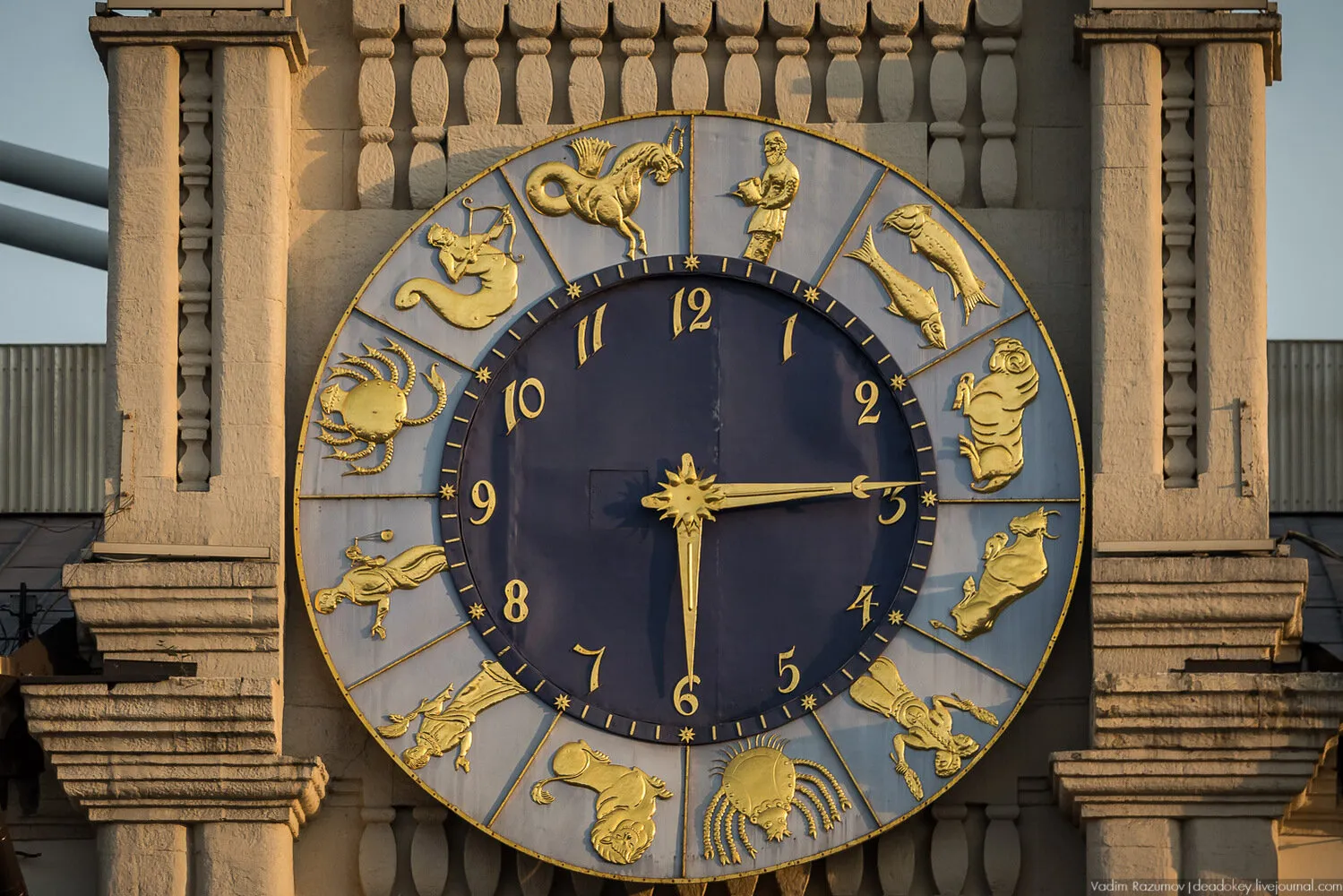 Photo: strizhka-centr.ru
Photo: strizhka-centr.ruA Station That Became More Than Just a Railway Station
Today, Kazan Railway Station is not just a transport hub but a multifunctional complex with shops, restaurants, hotel, and business center. It handles around 70 thousand passengers daily, with up to 100 thousand during peak times.
Despite all modern transformations, it still fulfills its main role — as a gateway between Europe and Asia. Trains depart here to Kazan, Yekaterinburg, Novosibirsk, Vladivostok, and Central Asian countries. Even though a journey to Vladivostok today takes just a week instead of months as it once did, Kazan Railway Station remains the starting point for an epic journey across Russia.
And its remarkable architecture continues to amaze and inspire. As one of Shchusev's contemporaries wrote: “In this building, there is something from a fairy-tale palace, something of a fortress, and something of a temple. Together, they create an image of Russia — multi-faceted, mysterious and majestic.”
The next time you pass by Kazan Railway Station, look up at its whimsical towers, colorful tiles, and elegant carvings. Behind every detail is a story, behind every pattern lies meaning. Perhaps you will feel what the architect intended to convey: the greatness of a country stretching from European plains to Pacific shores, uniting many cultures and peoples.
More articles:
 What Walton Goggins' Mansion Looks Like: A Century-Old Hunting Lodge
What Walton Goggins' Mansion Looks Like: A Century-Old Hunting Lodge How a Designer Decorated a Kitchen Without Upper Cabinets and Range Hood
How a Designer Decorated a Kitchen Without Upper Cabinets and Range Hood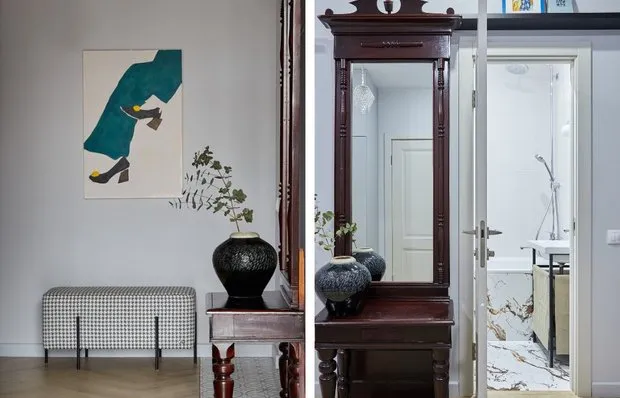 How a Designer Styled a Stylish Entryway in a Small Apartment
How a Designer Styled a Stylish Entryway in a Small Apartment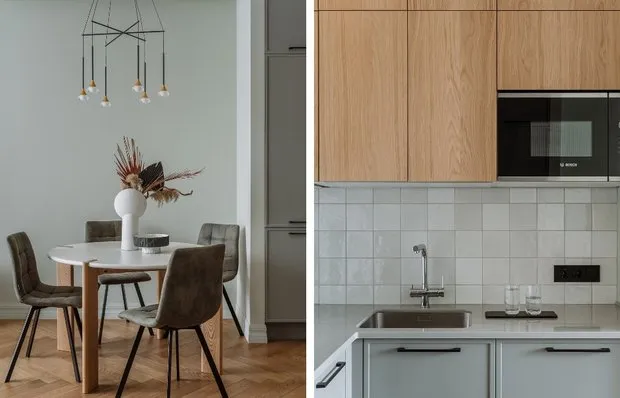 Kitchen in a Niche: How the Designer Fit Everything into a Small Space
Kitchen in a Niche: How the Designer Fit Everything into a Small Space How to Design a Bathroom in Limited Space: Designer's Example
How to Design a Bathroom in Limited Space: Designer's Example 5 Apartments in Old Buildings Transformed Beyond Recognition by Designers
5 Apartments in Old Buildings Transformed Beyond Recognition by Designers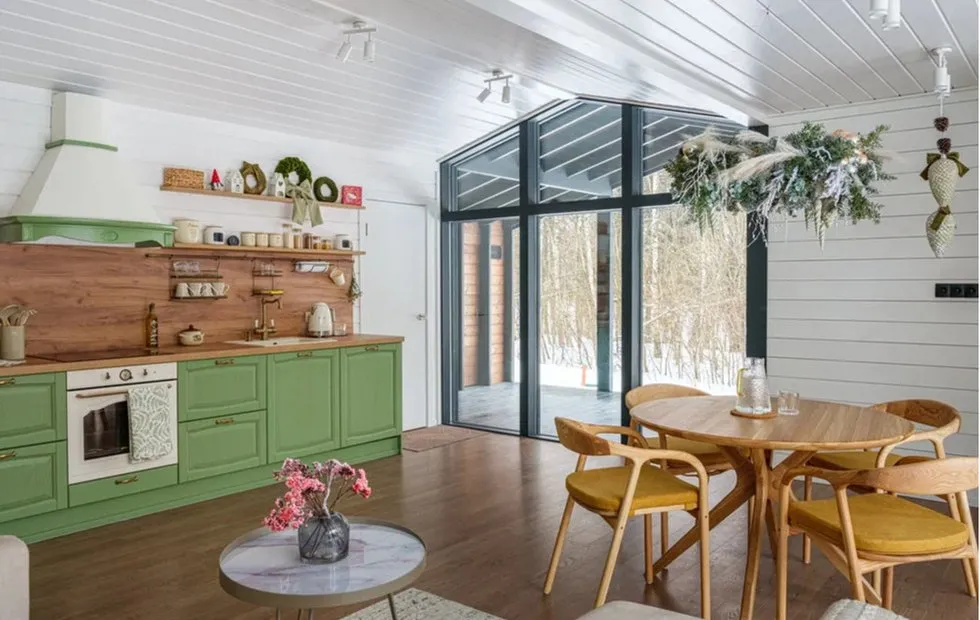 New House of Irina Bezrukova: from plot to housewarming
New House of Irina Bezrukova: from plot to housewarming A Century Revelation: Common Products That Turned Out to Be More Beneficial Than Expensive Superfoods
A Century Revelation: Common Products That Turned Out to Be More Beneficial Than Expensive Superfoods